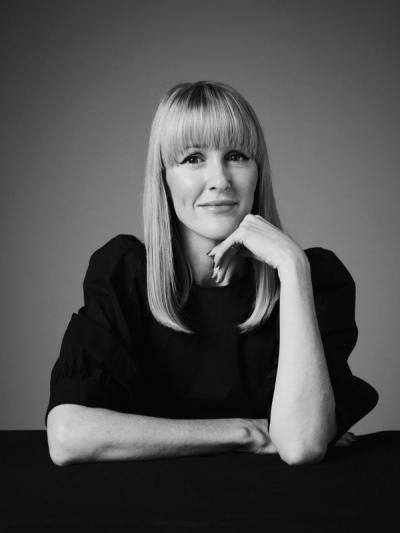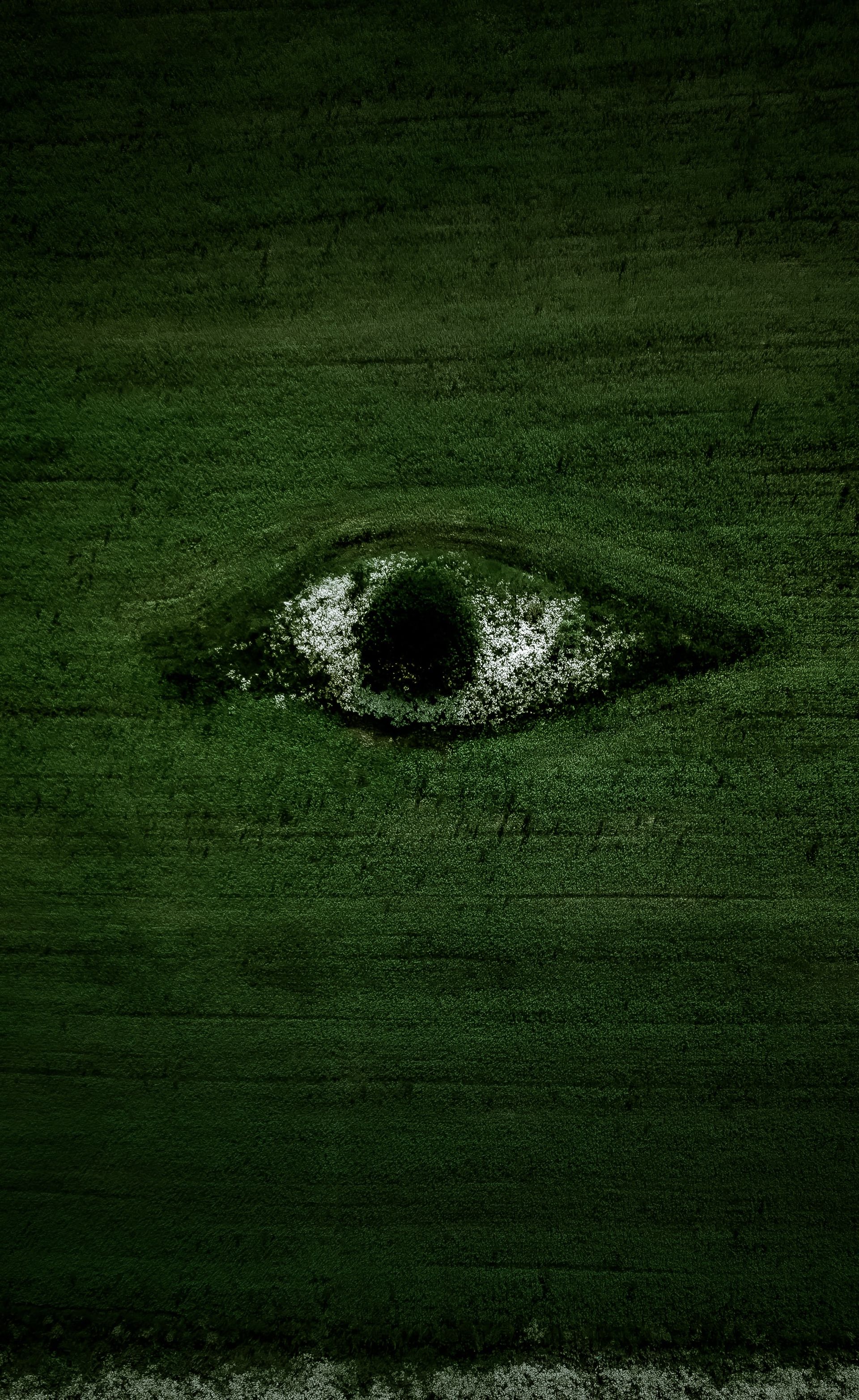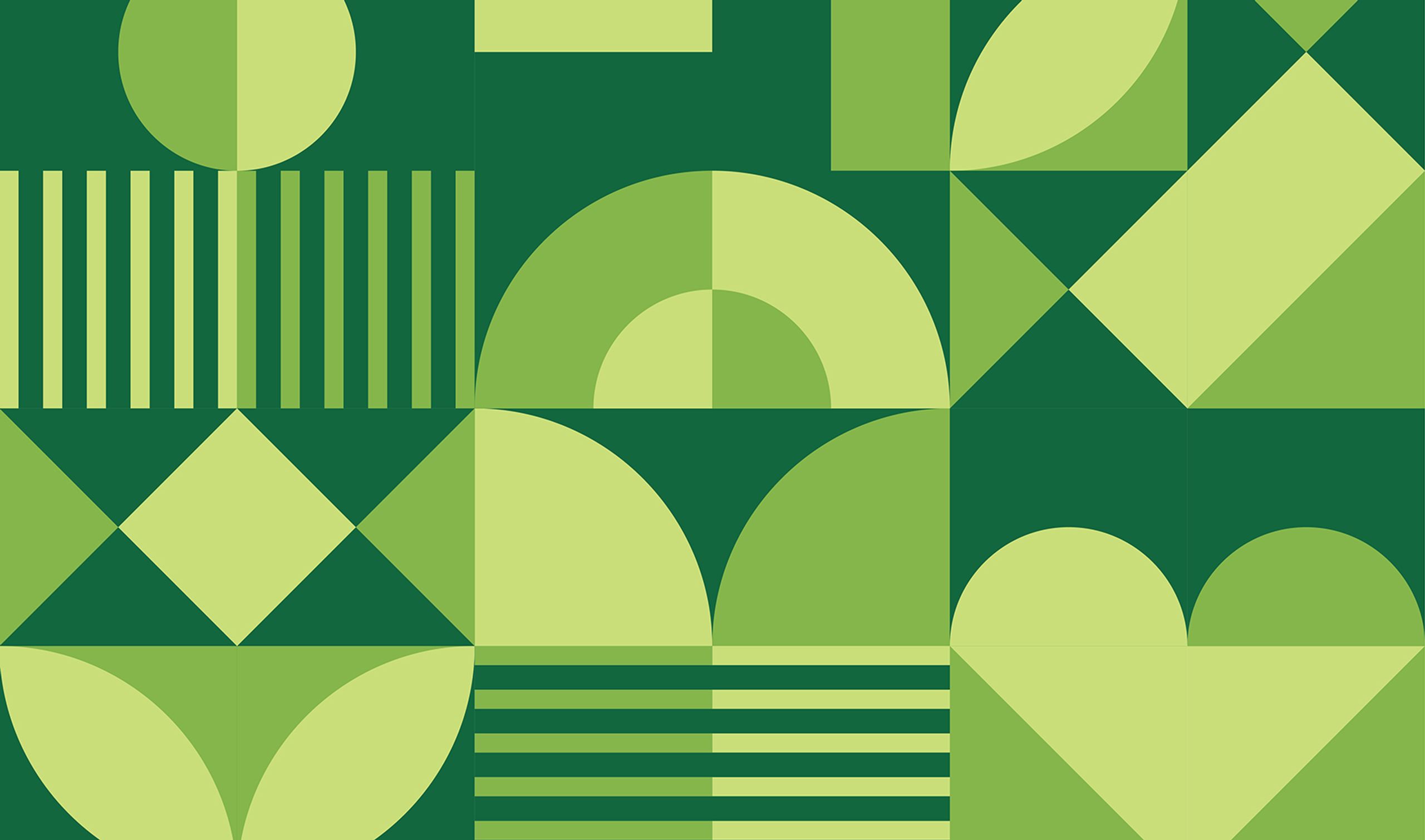It’s been said that “design is shape with purpose”.
And, in recent years especially, industry has begun to reconsider its purpose. Mainly questioning if companies can truly be environmentally responsible and still turn a profit. This very question is spurring change in multiple industries. And web design is no different.
The truth about 'green' website design...
The problem, thus far, is that much of what is touted as “green” has not previously been easy on the eye. And it’s fair to say that this can have - and has had - a tangible impact on the progress of sustainable web design.
Think about it. Realistically, from a business’s perspective, what’s the purpose of a website? The basic answer is to provide a virtual ‘shop window’ where customers can peruse and buy products and services. But also to succinctly communicate a brand’s vision and mission - which is becoming increasingly important to the conscious consumer.
For a fashion and lifestyle brand, for example, the best way to do this is through editorially curated, visually rich content and imagery. And equally, from a consumer’s perspective, they will not reach into their pocket for an aspirational product if it hasn’t been accurately ‘sold’ to them. If they can’t see it, buy into it or be convinced by the ‘dream’.
So, naturally, even for the most sustainable companies, there will be hesitation to take this green step. But we’re here to deliver the good news. If you believe sustainability and beautiful website design have to be in direct conflict - think again.
… there’s no need to compromise a beautiful design to be green, after all
At Célibataire, we’re doubling down on our ‘conscious design’ philosophy. As a continuation of our pledge to put sustainable work and business practices at our core. We’re committing to showcasing how a green website can be everything that a non-sustainable website can be and more. We know that if we wish to design digital experiences that are good for people and the planet, we must take responsibility for the environmental impact of our work.
This is not to the detriment of the aesthetics of the website either. When you think about design, beauty and sustainability are more closely aligned than you might think. Architects, for example, can influence how much energy it takes to heat or cool an occupied space based on the shape of the building itself.
The same applies to websites. Sustainability and beauty directly correlate as long as you consider both in tandem - and of course, can think a little outside the box.
Thinking outside the box
To make sustainability part of the very fabric of design, we need to think about it more deeply. We must be prepared to question how we have done things in the past.
Sustainable web design often involves a more ‘minimalist approach’, but this doesn’t mean dull. It means elevating our thinking and challenging our ideas on a deeper level.
For example, imagery - or wider multimedia content - is a more contested item in sustainable website design. The more images you use and the larger the image files, the more data needs to be transferred, and energy is required.
But changes don’t need to be radical and they don’t mean that you have to make any compromise on the aesthetics. Carefully considering the compression and the dimensions of an image served can lead to significant savings in data transfer, helping you to retain the imagery that perfectly captures and aligns with your brand.
As an added example, on our website, we have minimised the use of video and used black, which has made a big difference in energy savings. We have also limited the number of images used to accompany blog posts and case studies - and those we have used are optimised in the most efficient file compression formats. The site has been designed exactly how we want it, with no compromise on style. But the sustainability approaches that we have weaved in have actually made the site more usable, accessible and helped it to perform better.
It's time to think critically
By thinking critically about ‘what needs to be there’ and what adds value to the experience, we can create better solutions that reduce emissions. And we can actually improve user - and business - outcomes. Of course, efficiency against business goals is going to be the best way to encourage brands to take that aforementioned green step.
Keep an eye out for our next blog, where we explore championing sustainable web design in a business and how to measure it against business outcomes.



